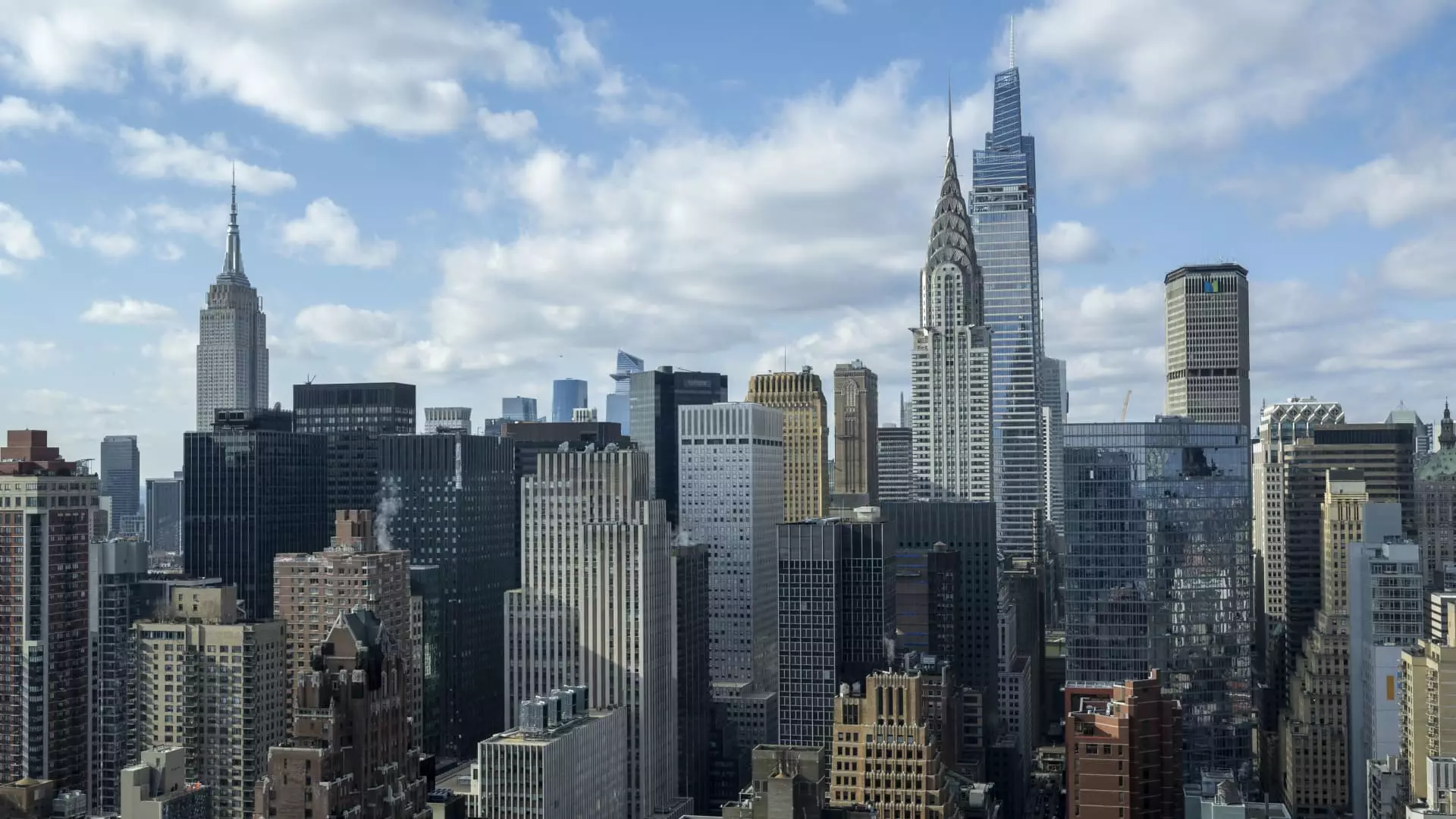The office market in New York City is navigating a notable resurgence as demand aligns once more with pre-pandemic levels. This upward shift in demand is attributed to a dual-factor phenomenon: a significant influx of new employees entering the workforce coupled with a concerted effort by employers to coax their existing staff back into the traditional office environment. A report from VTS reveals that, during the final quarter of the year, demand surged by an impressive 25% compared to the previous year, as gauged through the number of unique tenant tours of properties. Such a metric acts as a predictive indicator of upcoming leasing activities, suggesting a revitalization of interest in office spaces.
Understanding the Shifts in Workplace Culture
Nick Romito, CEO of VTS, articulates that the movement towards renewed in-office work in New York City is emblematic of the city’s distinctive cultural and economic makeup, specifically within the finance and technology sectors. This sentiment resonates throughout the market, indicating that the pandemic-induced shift towards remote work is being counterbalanced by a strong inclination to foster workplace connections that can only be truly cultivated through in-person engagements. While remote work remains a viable option for many companies, the increasing push for on-site attendance is reflective of broader trends toward collaborative working environments.
SL Green Realty Corp, a notable entity in Manhattan’s office and retail sector, has recently shed light on their financial performance. Although they fell short of revenue expectations, the overall tightening of the office market positions them favorably as a harbinger of accelerated leasing demand. CEO Marc Holliday highlighted projections made by the city’s Office of Management and Budget, foreseeing an addition of about 38,000 office-utilizing jobs by 2025, primarily in finance, business services, and technology. This translates into substantial space requirements, emphasizing that many of these roles are not conducive to a remote work model.
As workers gradually return to the office, SL Green anticipates a rise in demand, expecting to exceed a leased occupancy level of 93% in the near future. The firm concluded the year at 92.5% occupancy, hinting at a robust belief in the market’s recovery trajectory.
Corporate Investments in Office Expansion
An illustrative case of confidence in the Manhattan office market comes from tech titan IBM, which recently inked a noteworthy expansion lease at One Madison Avenue, encompassing an additional 92,663 square feet. With this deal, IBM’s total square footage at the site swells to over 362,000 square feet. Joanne Wright, IBM’s senior vice president for transformation and operations, noted that this expansion represents a firm commitment to enhancing the technology sector within New York, promoting a collaborative atmosphere where employees can engage with clients and partners globally.
While New York City is demonstrating a significant recovery, other urban centers are also witnessing growth. Notably, San Francisco recorded an annual demand growth rate of 32%, although it began from a lower base, showcasing a relatively rapid rebound. Seattle and Chicago aren’t far behind, each achieving growth rates of around 15%, as businesses in these cities adapt to hybrid work models that still emphasize the necessity for a consistent in-office presence.
Ryan Masiello, VTS’s chief strategy officer, emphasized that although New York City is leading the charge back to conventional office environments, the national scenario depicts a gradual but tangible progression toward office demand stabilization. With a 12% increase in demand nationwide in the fourth quarter compared to the previous quarter, the data reflects an intriguing growth pattern that defies traditional expectations of seasonal declines.
The resurgence in office space demand, despite a backdrop of economic uncertainty, signals a marked shift in business confidence and long-term strategic planning. Organizations appear more emboldened to invest in their physical workspace, betting on the necessity of in-person interactions to cultivate collaboration and productivity in the evolving corporate landscape. This revitalization not only touches New York City but also resonates across various metropolitan areas, providing a hopeful forecast for the future of office environments in a world increasingly characterized by hybrid work models.

